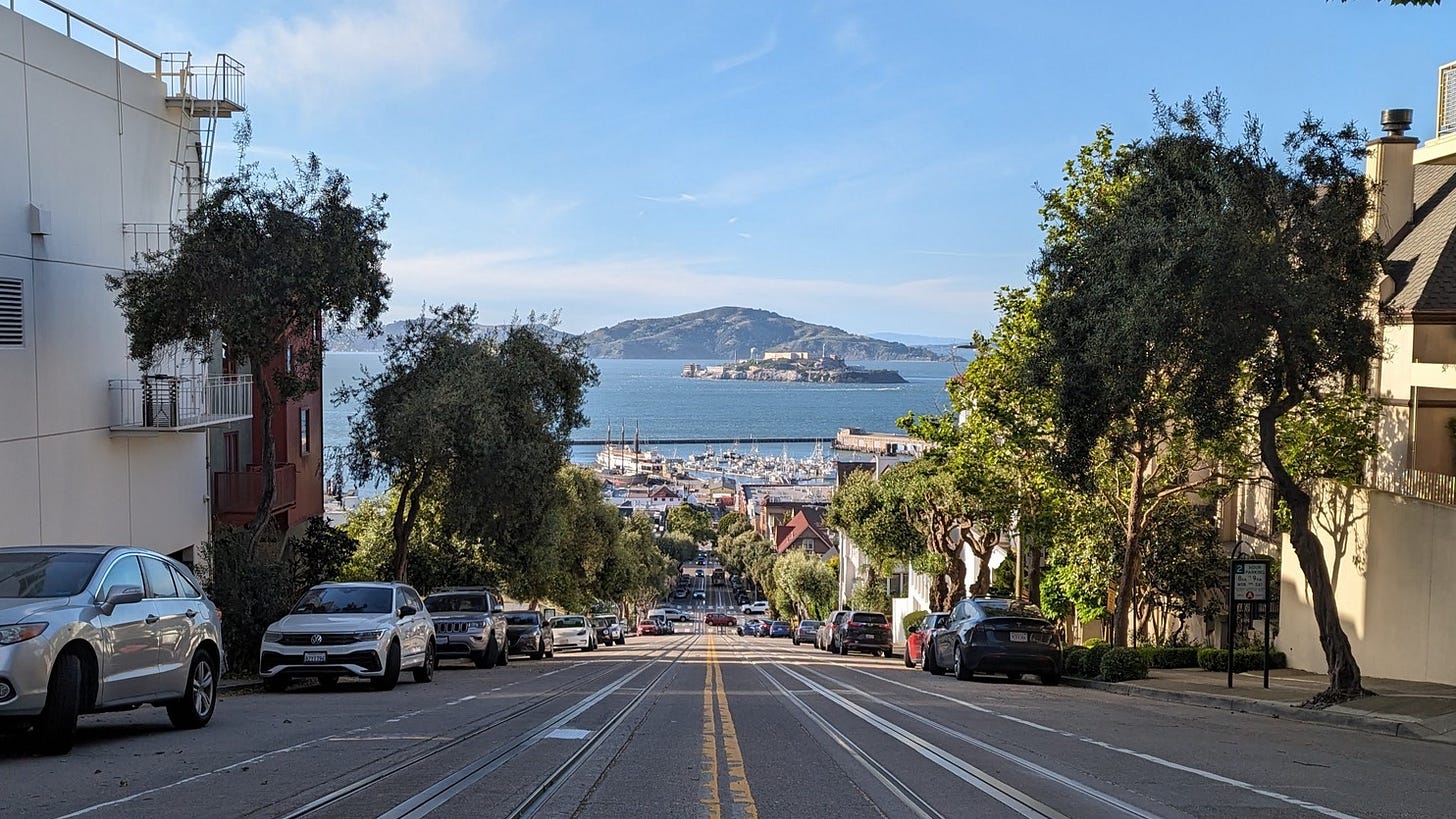FTBL is not football: decoding Invader locations
👾 Too many deep links to write by hand; GPT-4 thinks FTBL means football but we help it get it right
Invader has been placing his playful mosaics in cities all around the world:
Each mosaic has an ID in this format:
<city code>_<invader number>For example, PA_01 was the first ever space invader mosaic in Paris. LDN_100 is the mosaic nr 100 in London. The locations shortcodes for major cities are easy to guess (PA for Paris, NY for New York), but what about GRN, WN, POTI, SP, LY ?
Moar deep links
It may sound like a made up problem :), but I recently needed to figure this out to generate deep links for my Invader mapping project. It’s all one big scrollable map, so on my site I have deep links that open the map in specific locations.
I wrote the initial five deep links by hand:
but then I integrated more data, adding thousands of mosaics in 70+ new locations. All I had were the cryptic shortcodes of the new invaders, like `POTI_01`, and their geo coordinates. What’s the fastest way to generate elegant, human-readable location names based on the Invader mosaic IDs?
FTBL is not football
Let’s just ask GPT-4 to help. I pasted all of the new locations for which I needed human-readable names:
Almost!
Is it’s often the case, the answer seems promising at the first glance. The first 5 entries are all correct! Unfortunately, there are many mistakes lower down the list:
FRQ is Forcalquier in France, not Santorini. FTBL is definitely not “Football” but Fontainebleau, the town southeast from Paris known for its chateau and nice rocks perfect for bouldering.
Again with more data
What if we gave the model more data? The website invader-spotter has a handy list of all the cities with Invader mosaics. This list is a superset of the cities covered by my data set.
Let’s try again, but now adding the list of all possible valid answers copied from the site ⬆️. I edited the prompt adding this bit:
(...) make sure to only use locations present in this list, and to use each location at most once:
"""
Australia
Melbourne (25 / 25)
Perth (26 / 26)
Austria
(...)
"""This looks better:
The model goes through the list of short codes, while cross-referencing them to the list of valid options we provided. Not bad! I then combined these with average geo coordinates of the invaders in each location, so that each link opens the map in the right place.
The resulting deep links are now live on the site ⬆️ . (I dropped the emojis for readability.)
More on this
🎞️ Using LLMs for data journalism – a presentation from Simon Willison on what LLMs are best at, with many more cool examples of transformations
📝 Looking for AI use-cases – Ben Evans: We’ve had ChatGPT for 18 months, but what’s it for?
In other news
🧪 WebSim – fake Internet generated as you go. Type a made-up URL and it will hallucinate a webpage. I tried https://www.bazinganewsoftheworld.com/ai-that-automatically-assigns-blame-when-things-go-wrong (see above). Very handy :)
🐰 A fun, funky, unfinished AI gadget – The Verge reviews Rabbit, the LLM-driven gadget we covered in January. The outcome aside, kudos to the team for making the schedule!
🔥 How is it possible that software gets worse, not better, over time, despite billions of dollars of R&D and rapid progress in tooling and AI?
Ivan Vendrov on “the tyranny of the marginal user”
Postcard from San Francisco
I’m in the San Francisco Bay Area for a work visit! Soaking up the sunshine and bumping into colleagues I haven’t seen in a while 💫.
Have a great week,
– Przemek












hi, my friend asked me if I could help him with locating some invaders in Rome as he is visiting this city soon. I came across your map and I am absolutely amazed by it!
I am surely going to use it many times :))
How did you obtain all those locations of the mosaics?